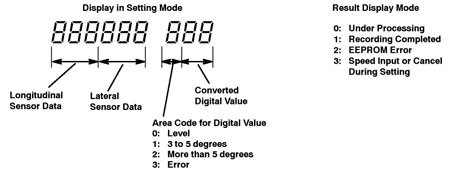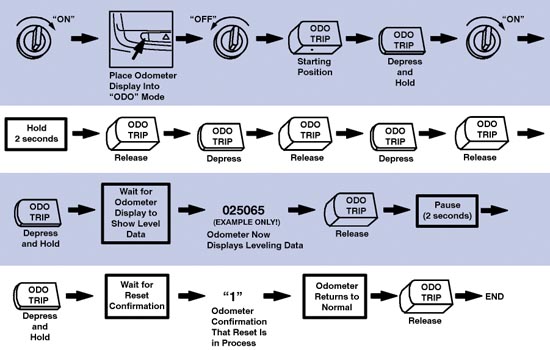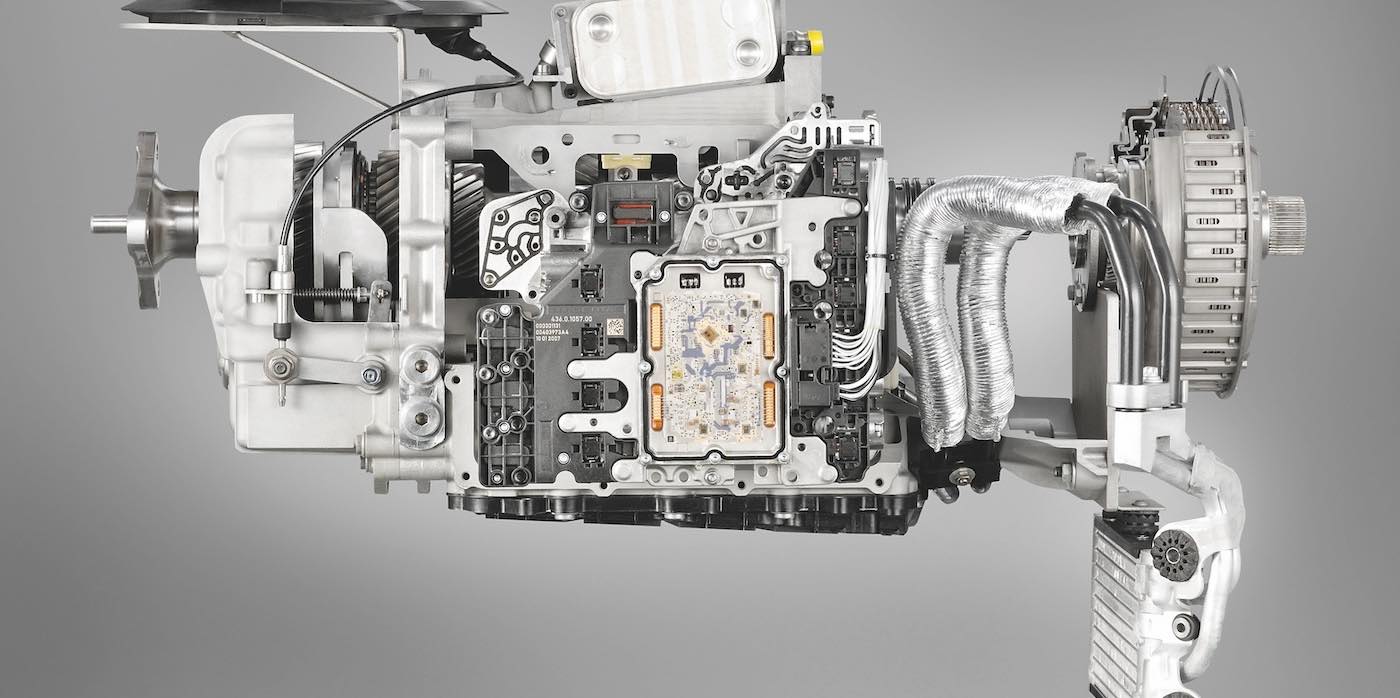Due to the unique bladder design of the 2001-’03 Prius fuel tank, it may be necessary to reset the fuel gauge inclination sensor if the combination meter has been replaced or the fuel level reading is determined to be inaccurate. Follow the procedure below to reset the fuel gauge inclination sensor.
Reset Procedure (See Fig. 1 and Fig. 2):


1. Park the vehicle on a level surface.
2. Turn the ignition switch to the “ON” position.
3. Place the odometer display into the “ODO” mode.
4. Turn off the ignition switch.
5. Depress and hold the “ODO/TRIP” button while turning the ignition switch to the “ON” position. Hold the ODO button for two seconds.
6. Release and press the ODO button three more times within five seconds:
Release-Press-Release-Press-Release-Press and Hold. Continue to hold the ODO button for at least five seconds until the leveling information is displayed on the odometer.
7. Release the button.
8. Depress and hold the “ODO/TRIP” button until the odometer display confirms that reset has begun (odometer reads “1”).
9. Once reset is complete, the odometer returns to normal.
10. Release the button.
11. Turn off the ignition.
Note: This procedure may take several attempts. If you are interrupted or make a mistake during any part of this process, you must start over from the beginning of the entire process. Each time you start again, remove the key from the ignition and wait at least five seconds.
Technical service bulletin courtesy of Mitchell 1.
For additional information, visit www.mitchell1.com.













